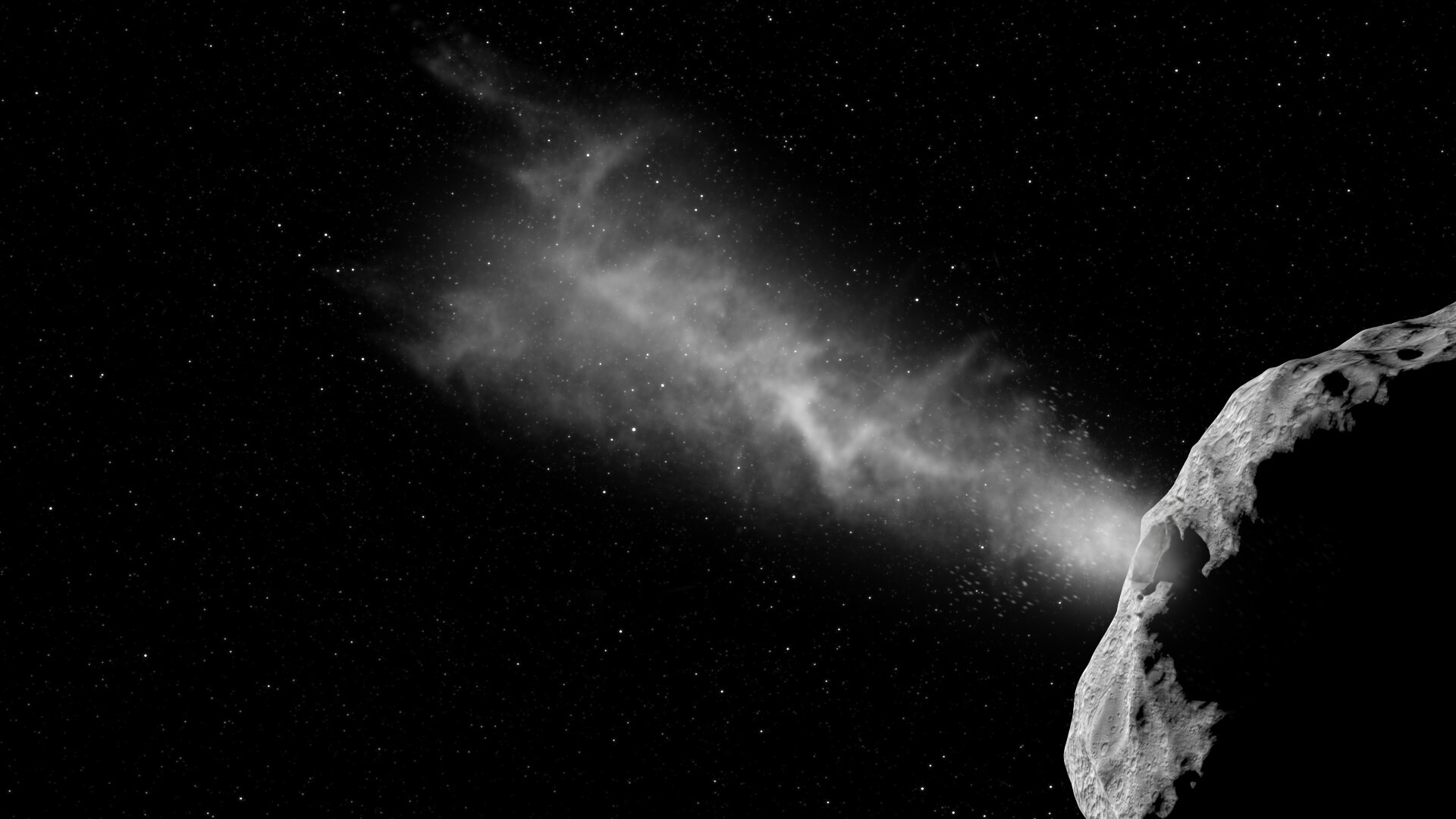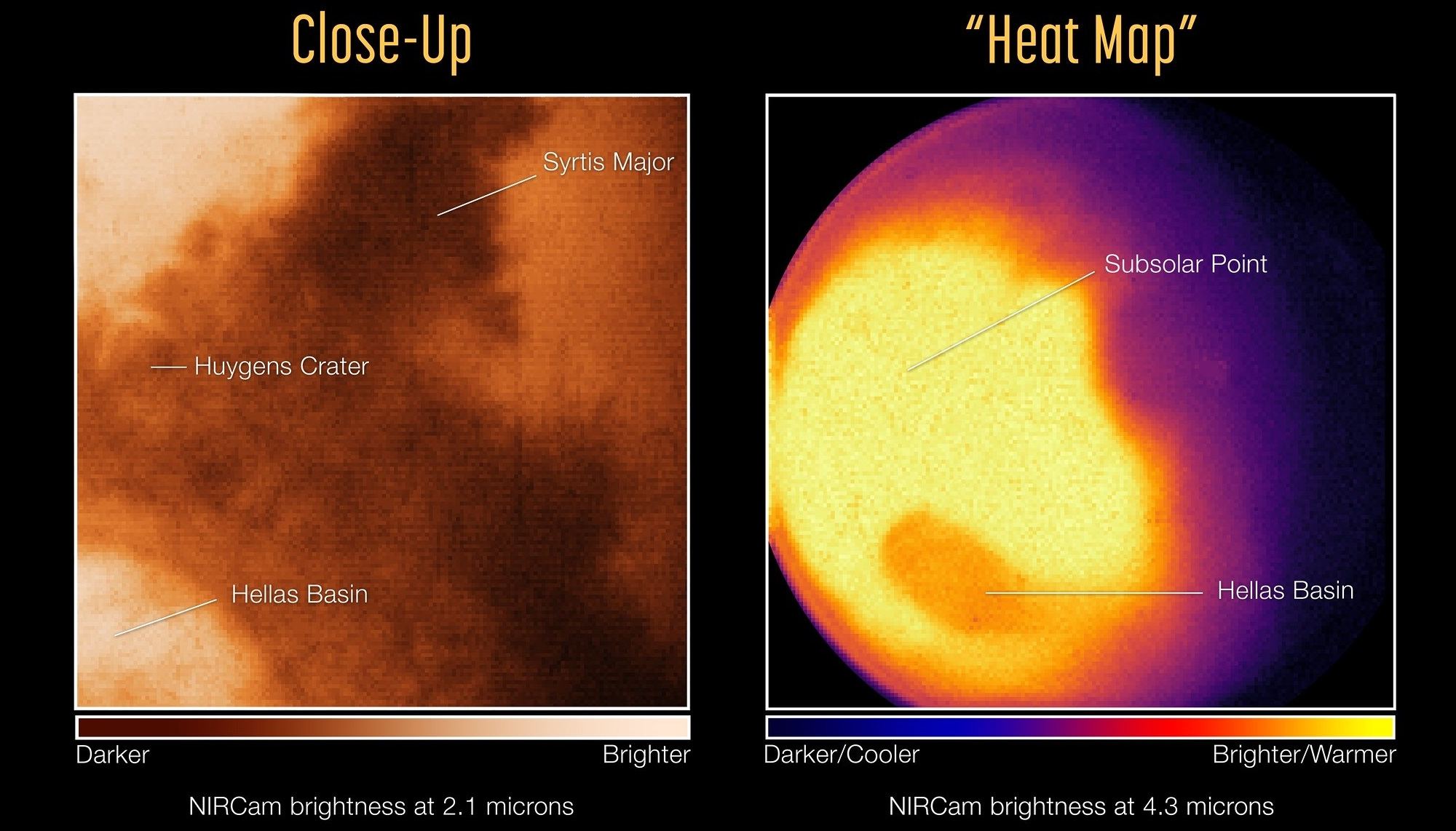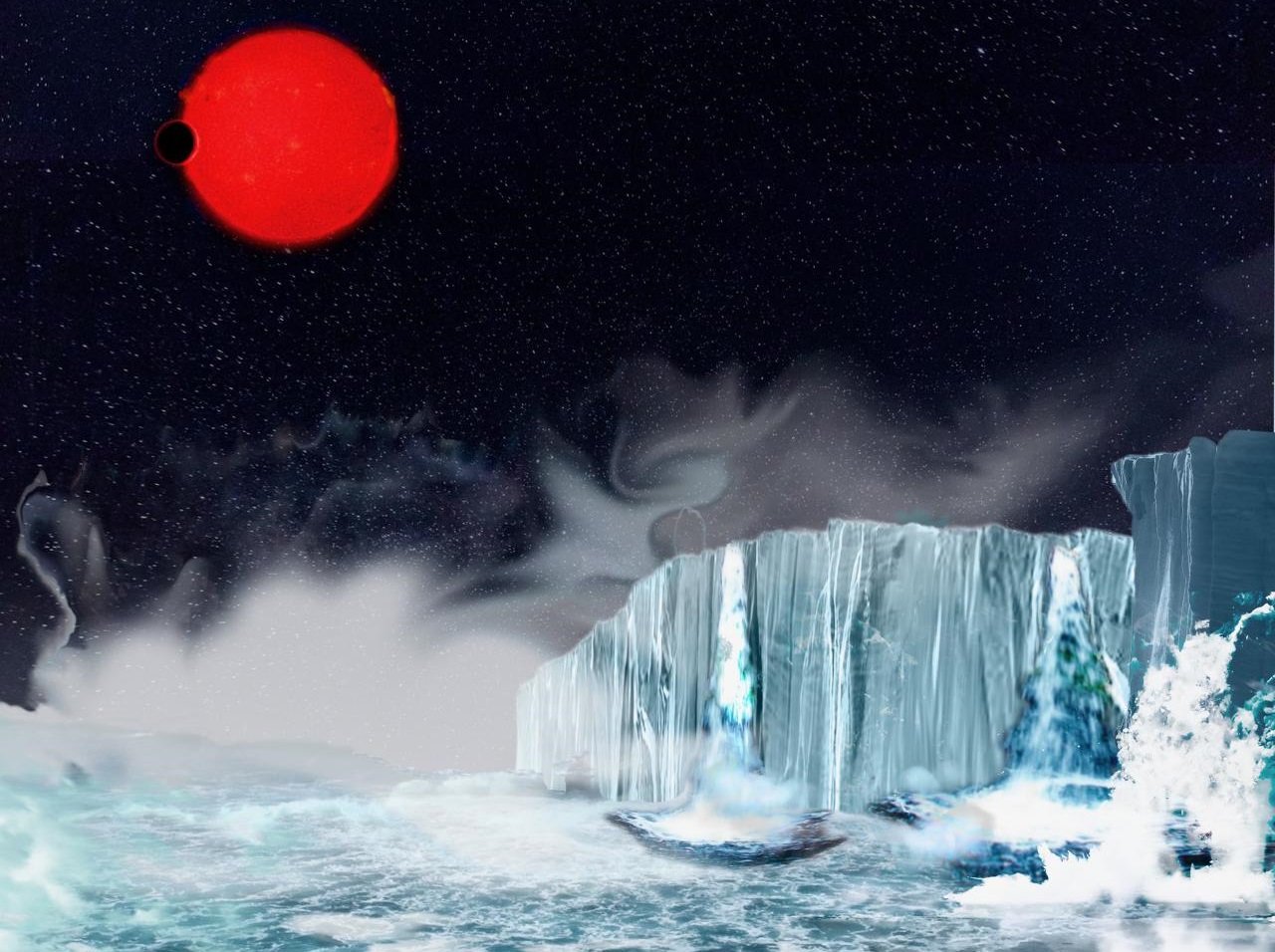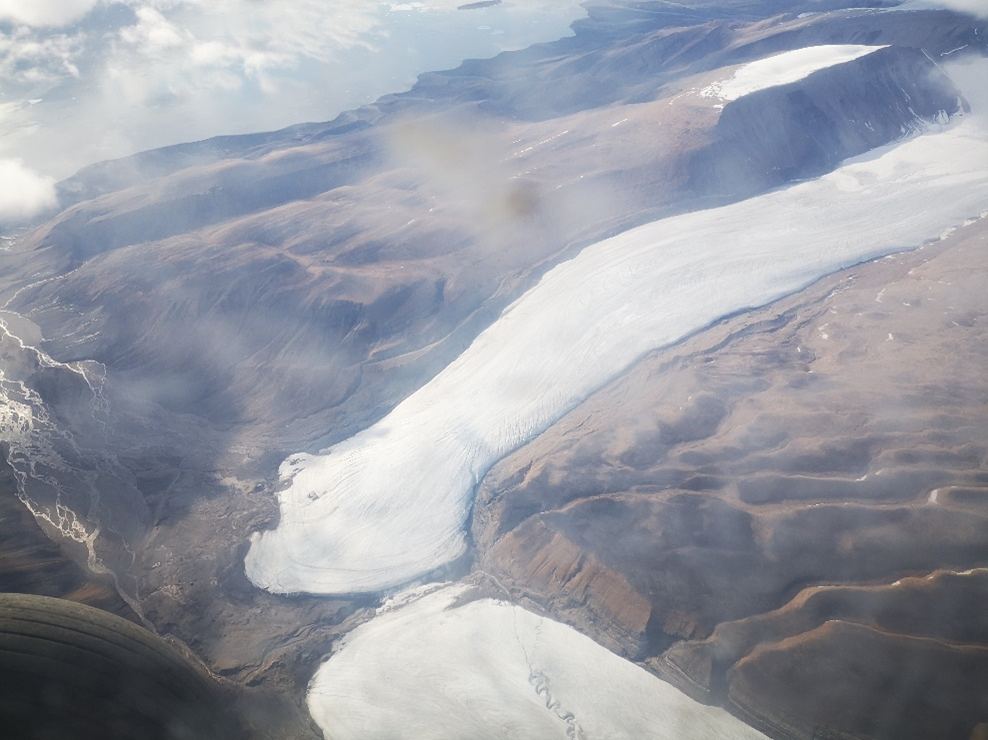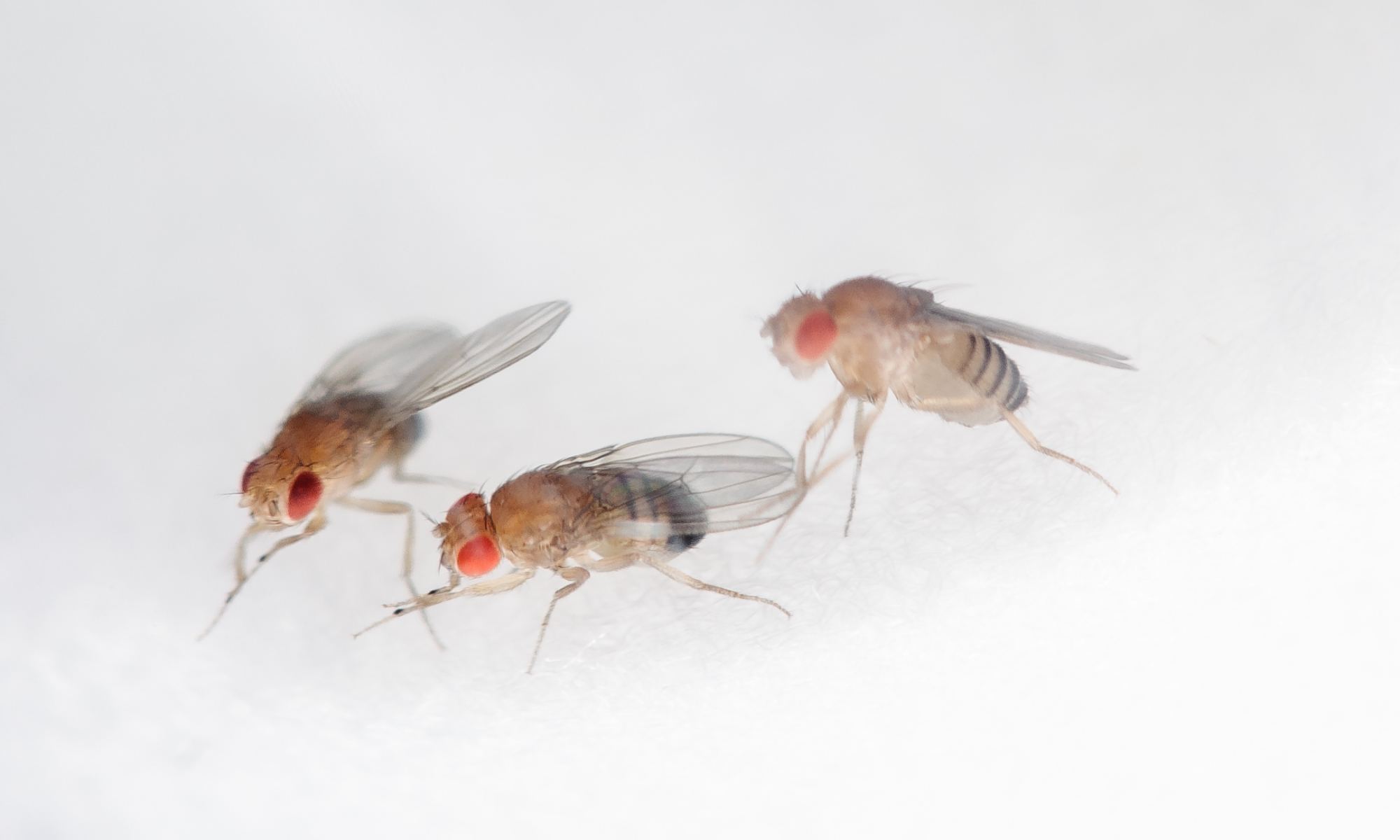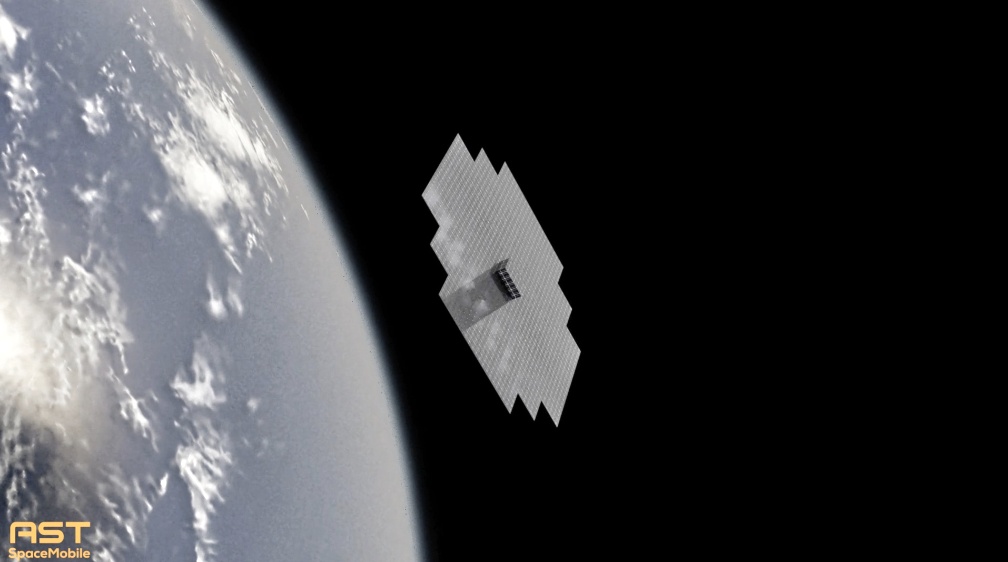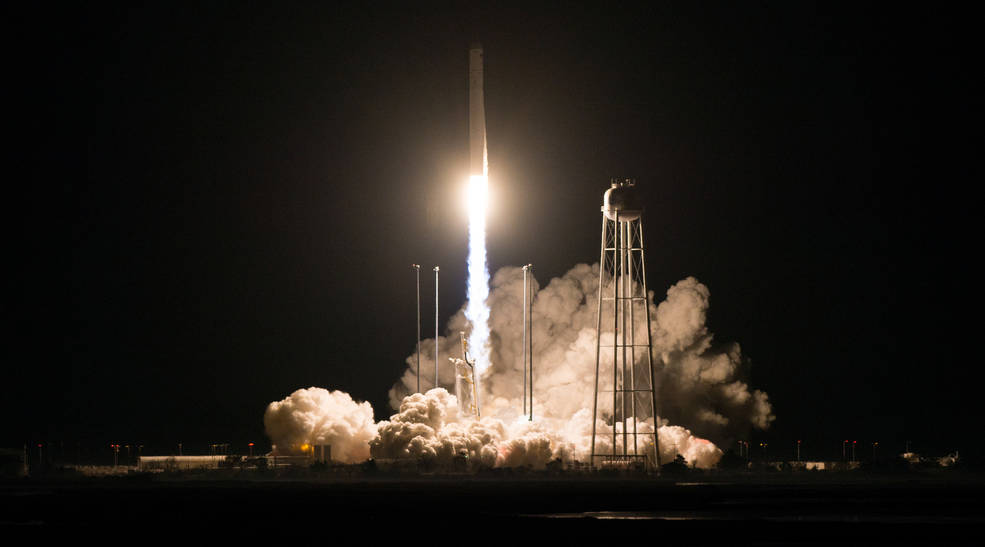On September 26th, NASA’s Double-Asteroid Redirect Test (DART) will rendezvous with the Near-Earth Asteroid (NEA) Didymos. By 01:14 UTC (07:14 PM EDT; 04:14 PM PDT), this spacecraft will collide with the small moonlet orbiting the asteroid (Dimorphos) to test the “kinetic impactor” method of planetary defense. This method involves a spacecraft striking an asteroid to alter its orbit and divert it from a trajectory that would cause it to collide with Earth. The event will be broadcast live worldwide and feature data streams from the DART during its final 12 hours before it strikes its target.
Continue reading “The World’s Ground Stations are Getting Ready to Watch a Spacecraft Crash Into an Asteroid Next Week!”The World’s Ground Stations are Getting Ready to Watch a Spacecraft Crash Into an Asteroid Next Week!
